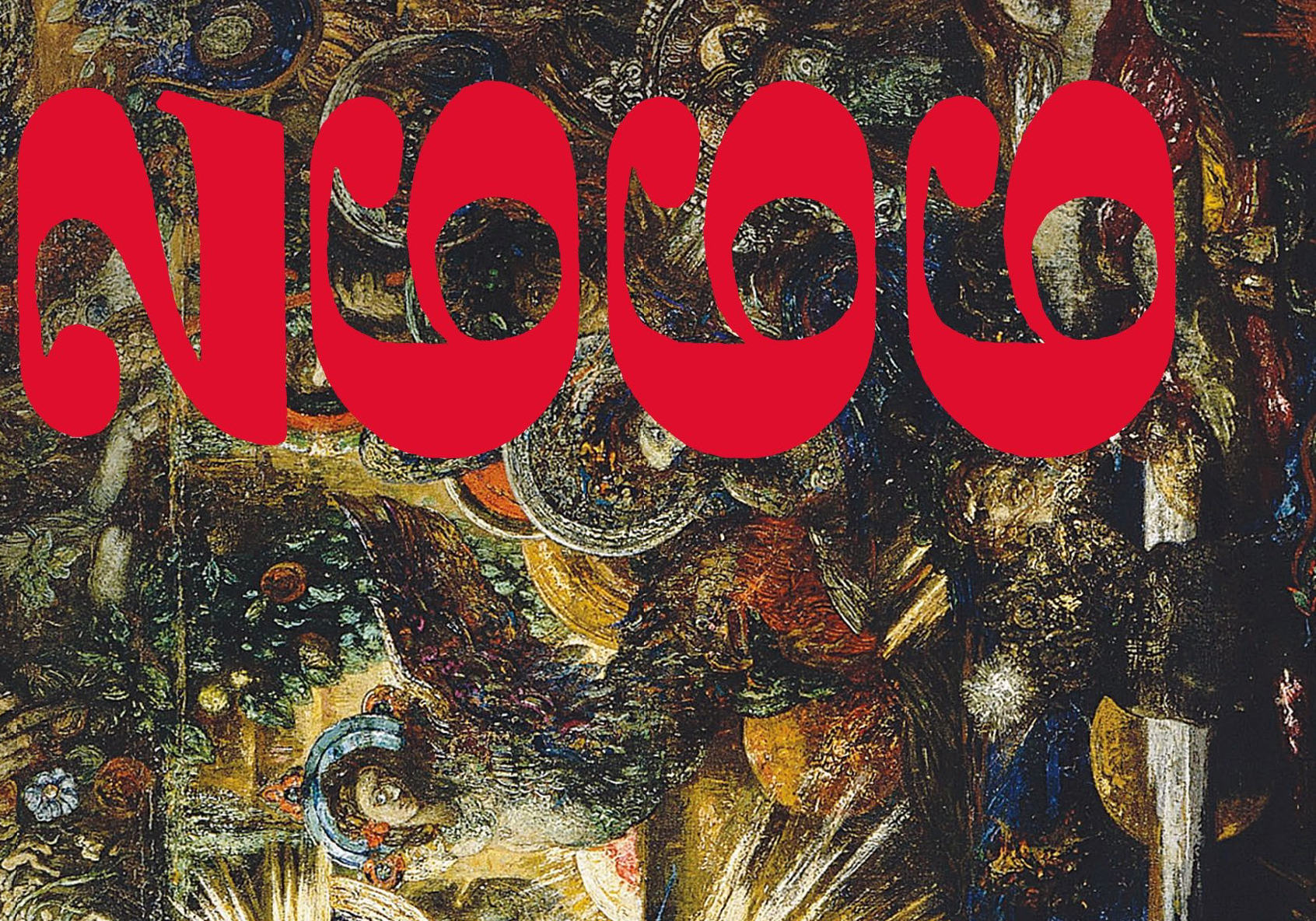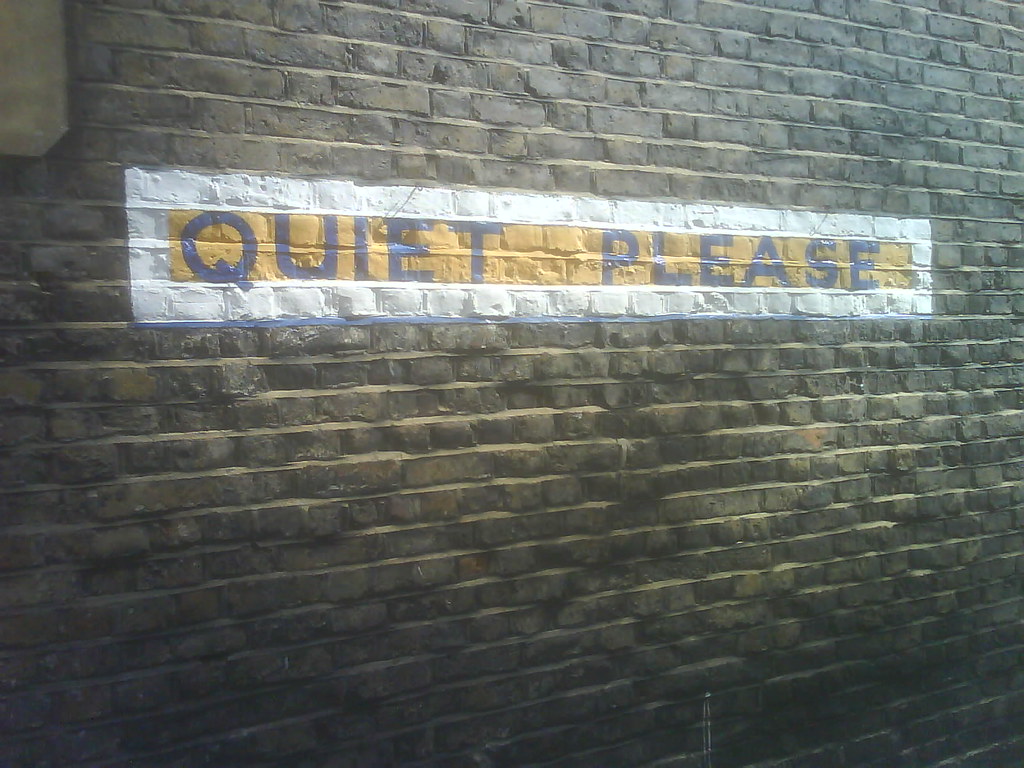 Picture this: A thin little girl—freckled, pigtails askew, barefoot—wearing a nightgown, holding a pistol in one hand and brandishing a sword with the other. No, it’s not Hit Girl (Chloë Grace Moretz‘s character in Kick Ass), nor an infant Lisbeth Salander. It’s how you first meet Pippi Longstocking, on the title page of Astrid Lindgren’s first Pippi Longstocking novel, illustrated by Louis S. Glanzman. Pippi is where Grrrl Power got its start, and if you’re interested in the ancestral line of “grrls” like Lisbeth Salander, Hit Girl, The Hunger Games‘ Katniss Everdeen, or the slew of other gritty girls from the past year in film and fiction, Pippi Longstocking is grandmother of them all.
Picture this: A thin little girl—freckled, pigtails askew, barefoot—wearing a nightgown, holding a pistol in one hand and brandishing a sword with the other. No, it’s not Hit Girl (Chloë Grace Moretz‘s character in Kick Ass), nor an infant Lisbeth Salander. It’s how you first meet Pippi Longstocking, on the title page of Astrid Lindgren’s first Pippi Longstocking novel, illustrated by Louis S. Glanzman. Pippi is where Grrrl Power got its start, and if you’re interested in the ancestral line of “grrls” like Lisbeth Salander, Hit Girl, The Hunger Games‘ Katniss Everdeen, or the slew of other gritty girls from the past year in film and fiction, Pippi Longstocking is grandmother of them all.
In Lindgren’s children’s novels, first published in her native Sweden from 1945-48 and the US from 1950-57, and their Swedish film adaptations, starring the superb Inger Nilsson (1969-70), Pippi is a nine-year-old girl with superhuman strength, ingenuity, and self confidence, an endless supply of gold (from her pirate Papa), and a beautiful, shambly house named Villa Villekulla, where she lives by herself with her horse and Mr. Nilsson, a spider monkey (her mother is dead and her pirate father’s at sea). Like her most notable descendent, Lisbeth Salander, of Steig Larsson‘s The Girl With the Dragon Tattoo franchise, Pippi is most easily recognized by her distinctive personal style: Pippi’s hair is the color of a carrot, and usually done in two braids that stick out on either side of her head; she wears patch-worked dresses of her own devising, mismatched stockings, a giant hat, and men’s boots twice the length of her feet. And her motto, which promises and delivers a happy ending in all of her adventures, is “I’ll always come out on top.” In both attitude and fashion sense, Pippi’s nearest American relation is the spunky 1980’s television character Punky Brewster (same wild pigtails, freckles, animal friends, outlandish clothes; a plucky can-do motto: “Punky Power!”).
Lindgren’s Pippi lives a child’s wonderland life: no school, no rules, no bedtime, animals in the house, as many sweets as she can eat, victorious encounters with bullies, burglars, police, and pirates, homemade aeroplanes and air-balloon beds that actually fly. Pippi is invincible, irrepressible, fearless: What she sets out to do, she achieves. She’s generous even in triumphing over the numerous bad men who think they can best her (her preferred method of dealing with the inevitably farcical villains who take her on is hanging them on walls or in trees). And she always wins: even when she—a puny-looking girl—is faced with a man-sized job, rescuing her father from a slew of pirates or wrestling the world’s strongest man.
If any of this triggers a twinge of familiarity, it may be because Stieg Larsson modeled Lisbeth Salander on Pippi Longstocking. According to Larsson’s Swedish publisher, Eva Gedin, Larsson imagined Lisbeth as a grown-up, darker version of Pippi. Of course, there are tonal differences: Though Lindgren’s Pippi never quite breaks the laws of physics, she’s an impossible creature, a fantasy of empowerment: rich, self-confident, unnaturally strong, perpetually delighted, never compromising, never defeated. Larsson’s plots may have their fantastic and implausible qualities–Salander is a fantasy of empowerment too, if a grittier one than Pippi–but Larsson’s books do aspire to a certain realism and are particularly interested in the reality that the best and the strongest, the most strong-willed, don’t win every battle (even if they win in the end). While Salander is locked in mental hospitals and children’s homes against her will, turned over to a monstrous guardian whose abuses she cannot thwart, Pippi informs the police officers who’ve come to take her as a ward, “You’ll have to get kids for your children’s home somewhere else. I certainly don’t intend to move there,” and uses a lively game of tag to strand them on her roof. She then carries the officers out of the yard by their belts, giving them cookies as a no-hard-feelings parting gift.
Pippi’s endlessly obliging world certainly isn’t Salander’s; Pippi is a children’s book heroine, after all. But Pippi and Salander do share a fundamental character trait: a deep sense of justice and courage in the pursuit of justice—very real, if increasingly rare, human qualities. In one of Pippi’s first adventures, she stands up to five boys bullying a younger boy. She interrupts the bullies’ taunting of the little boy and brings their taunts on herself. The bullies tease Pippi about her red hair and her clown shoes, but Pippi just smiles her friendliest smile and seems not to hear their taunts. This enrages the ringleader and he shoves her. So, Pippi calmly lifts the bully up and hangs him on a high tree branch, telling him, “I don’t think you have a very nice way with the ladies.”
Pippi is, here and elsewhere, Lisbeth Light (or perhaps the other way round: Lisbeth is Pippi R or X). Both heroines are good at putting dangerous men in their places and both feel a deep sympathy for underdogs and innocents. Pippi’s bully-hanging is the child’s version of Lisbeth’s often much more gruesome acts of justice: Lighting her father on fire in an attempt to protect her mother from him; Taking on the Harriet Vanger case, not for personal gain, but out of a deep hatred of violence against women, a desire to see justice served—and, like Pippi, Lisbeth serves her justice by herself. But with Lindgren’s books—if you’ve got children to read to or if you can still muster a child’s delighted sense of limitless possibility—there’s a purer, simpler pleasure to be had in Pippi than in Lisbeth. This goes without saying, maybe: There are no atrocities in Pippi Longstocking, no dead and mutilated women, no chance of feeling like a sadistic voyeur or that the book’s nominal feminism is actually a slick form of misogyny. But it’s more than that: Pippi is a breathtaking vision of boundless, uninhibited possibility, and pretty funny while she’s at it (so is the dubbing in the movies: Pippi’s friend Annika has a NY/NJ accent that’s to die for). Pippi’s impossible, yes, a fantasy, but she might help you remember what it was like to believe in possibility, in unlikely powers and triumphs. She might also help you imagine a world yet to come of little girls who aren’t Ophelias in need of reviving.
“I can,” says Pippi, when a circus ringleader asks for a volunteer who thinks he can beat a towering, hulking strongman in a wrestling contest. “Oh, no, you couldn’t,” Pippi’s practical, goody-two-shoes friend Annika tells her, “he’s the strongest man in the world.” And Pippi cooly replies: “Man, yes, but I am the strongest girl in the world, remember that,” and climbs into the ring.
Guess who wins.













